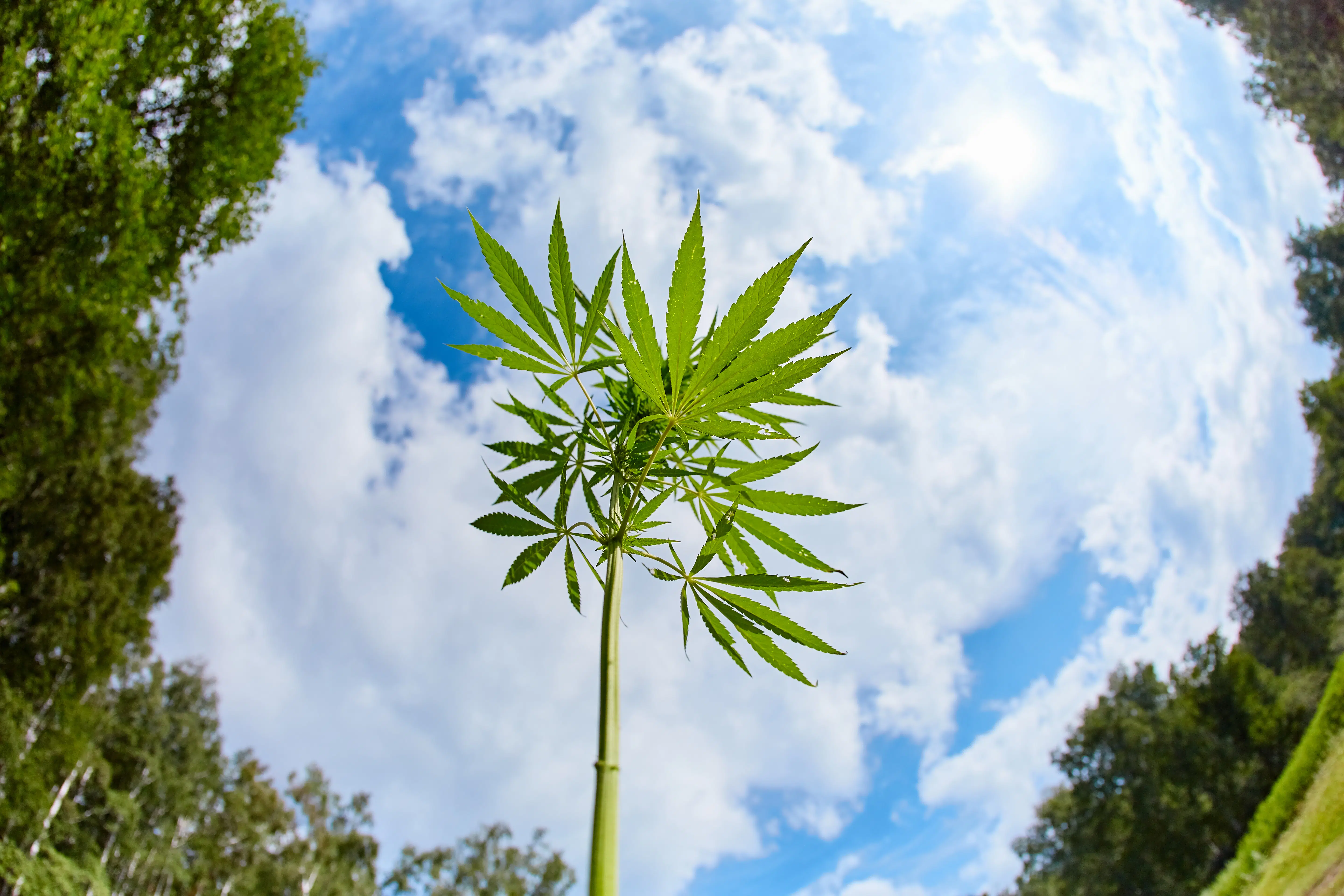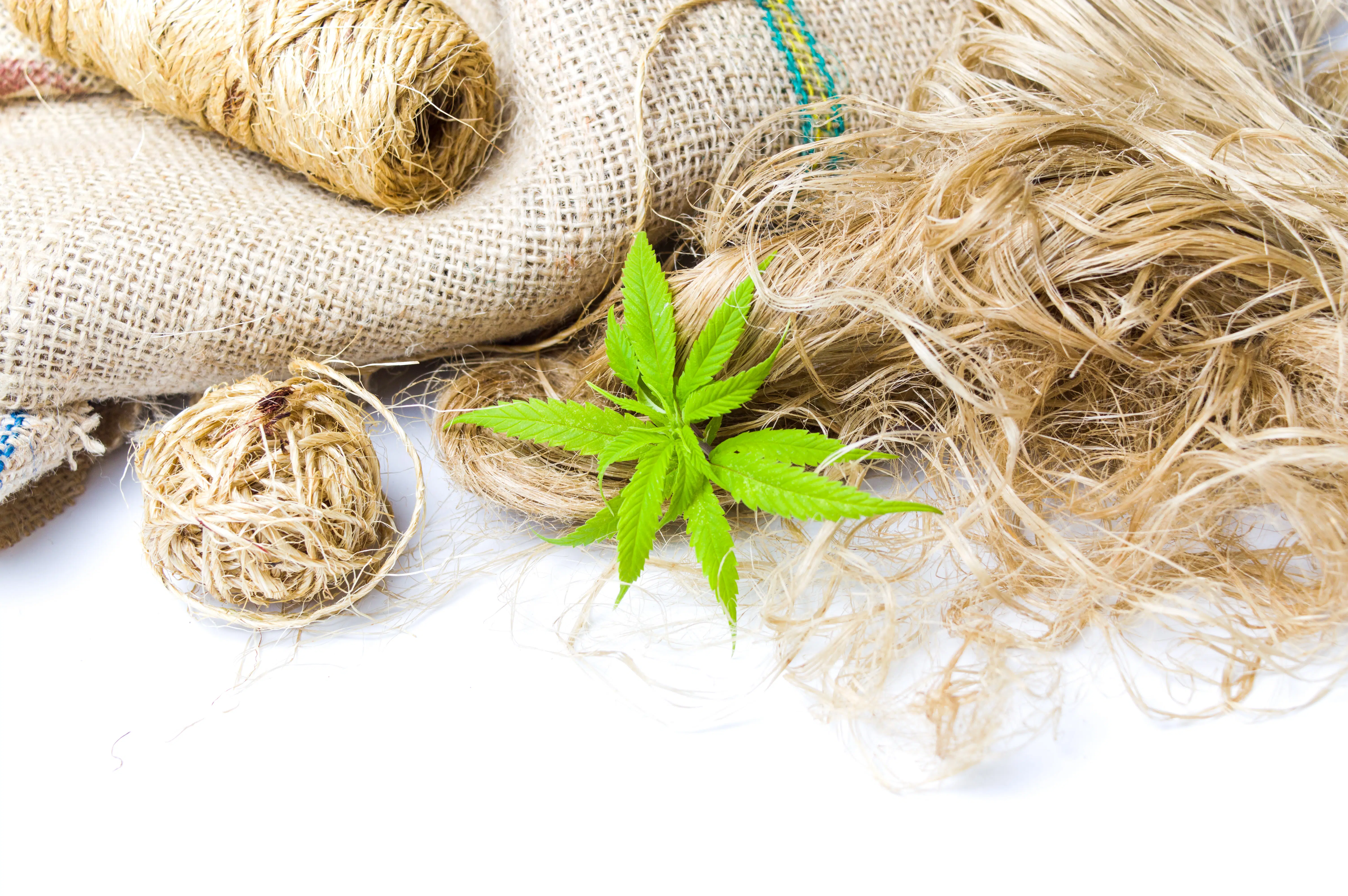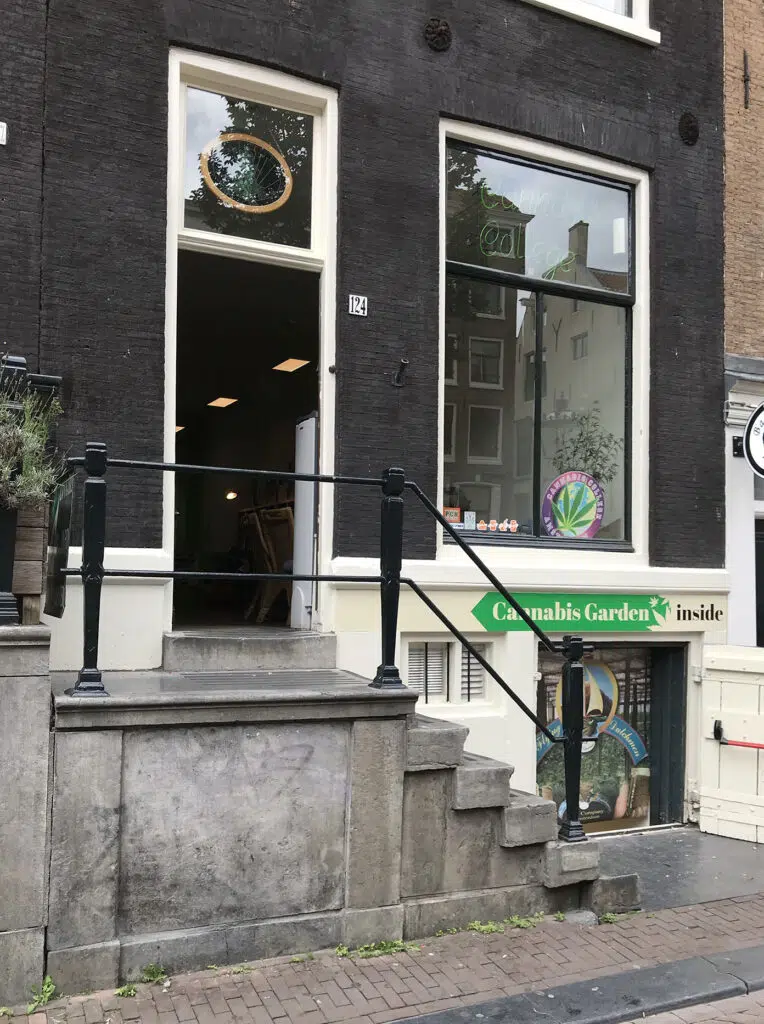The Anatomy of Hemp Stalks
The hemp stalk is possibly the most well-known component of the plant, as its primary- and secondary fibres are commonly used in textile production (clothing, upholstery and household goods), plus construction materials, paper and plastics.


The hemp core
The woody core of the stalk (known as the herds or shives) is the bundle of cellulose-laden short fibres, which can be mixed with hydraulic lime to build walls and floors. Many modern car companies are already investing in and researching the viability of hemp components versus plastic and metal, in addition to the potential of hemp as a biomass crop. You can read in great detail about the many applications of the hemp stalk (source of the world’s strongest fibre) in this section.
The hemp stalk
The hemp stalk presents perhaps the most usable part of the plant. Primary fibres are much longer than those of other fibre crops and are often combined with those of other plants such as bamboo, soy and silk to make durable and attractive clothes and upholstery. The interior, or bast, fibres contain almost 80% cellulose and are perfect for paper production, making building materials and creating composite materials used in auto manufacturing and even bullet-proof vests.
Hemp textiles
Regarding textiles, whether the consumer needs heavy cordage or fine hemp silk fashions, the fibre from the hemp plant is enjoying a resurgence in popularity. Blended with bamboo, soy, organic cotton, or many other fibres, hemp allows durability and eco-consciousness to combine with comfort, distinctiveness and variety in clothing.
Far from the old scratchy burlap-type fabrics, hemp is now cosy and soft to wear while resisting both fire and mould, increasing air flow and lasting longer than other fabrics.
Due to the environmental concerns of the present day many fashion designers and clothing labels are exploring the hemp textile industry to create affordable, sustainable clothing that may be purchased with a clear conscience.
Hemp is here to stay
Since more and more industries are embracing the hemp plant, commercial fields around the world are becoming increasingly common. Before you steal a local farmer’s crop, remember that the fields of closely planted flowering tops are industrial raw materials, and have no psychoactive effect if consumed! Hemp is traditionally planted in a much denser ratio than Cannabis (usually around 200 plants per m2) in order to promote stretched stalks with minimal lateral branching. The taller the plant, the longer the fibres!
Did you like this article?
Please consider donating to us, so we can create more content like this.
Frequently asked questions
What is the difference between Cannabis and Hemp?
Both are part of the Cannabis Sativa L. genus. The difference lies in the presence of the psychoactive substance tetrahydrocannabinol (THC). Industrial cannabis, otherwise known as hemp, includes plants containing up to 0.3% THC in the leaves and flowering heads.
Can I get high from smoking hemp?
No. Industry regulations prevent any industrial hemp variety from containing more than 0.3% of THC, the psychoactive compound in Cannabis. This means that hemp does not contain enough THC to get you high.
What can Hemp be used for?
Industrial applications of hemp are endless. Current application span from construction materials, clothing, foods, nutraceuticals and animal care to name a few.
